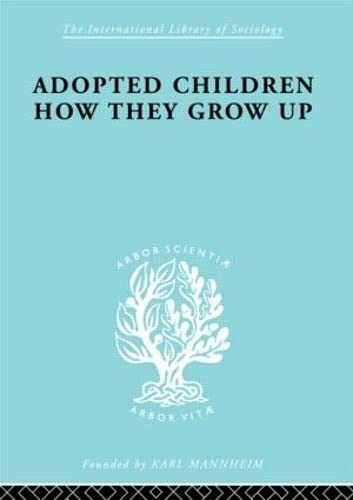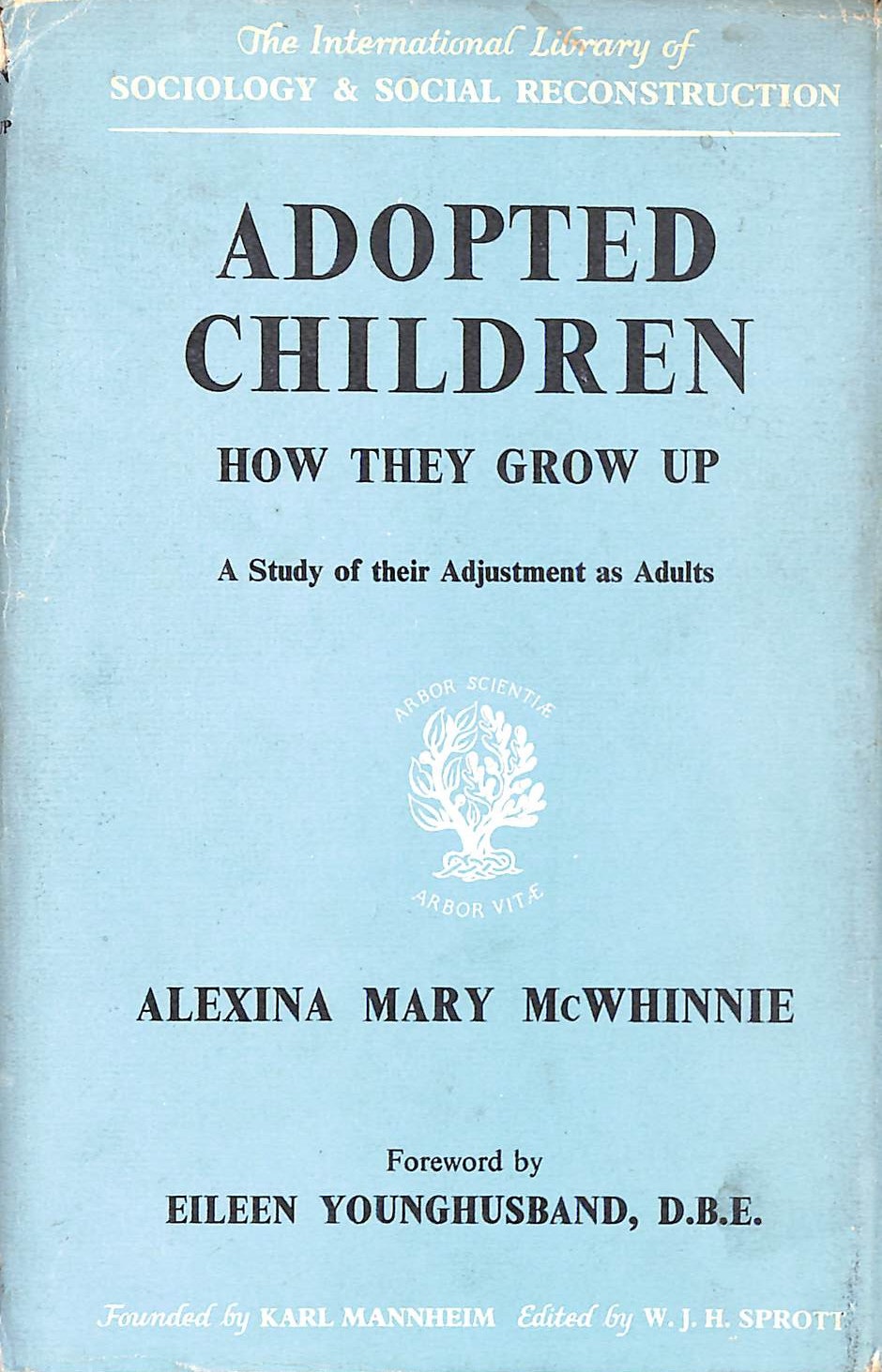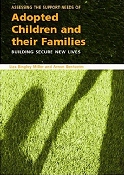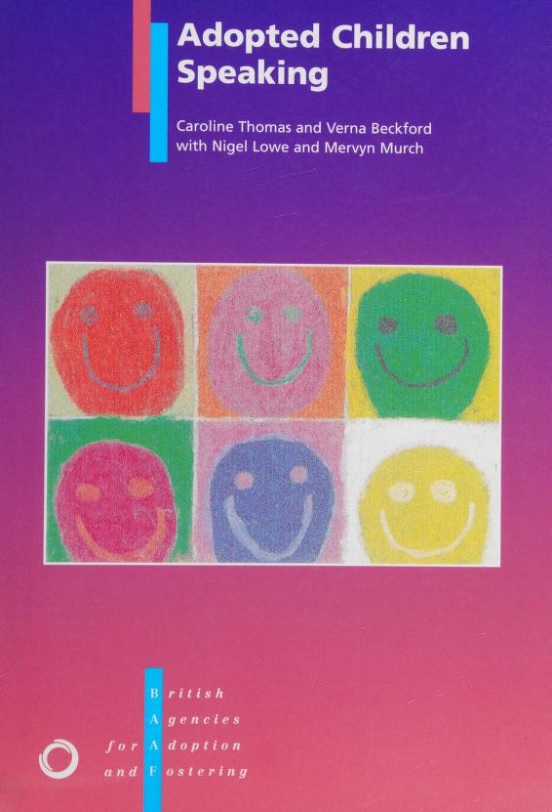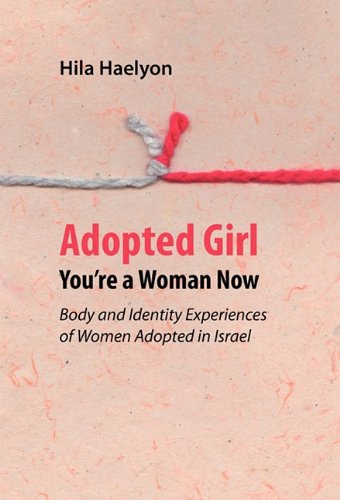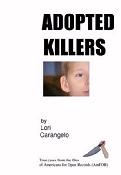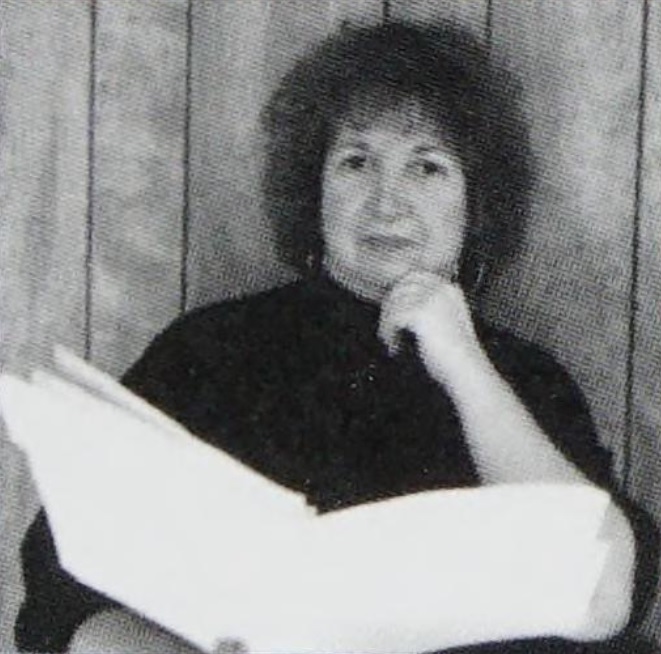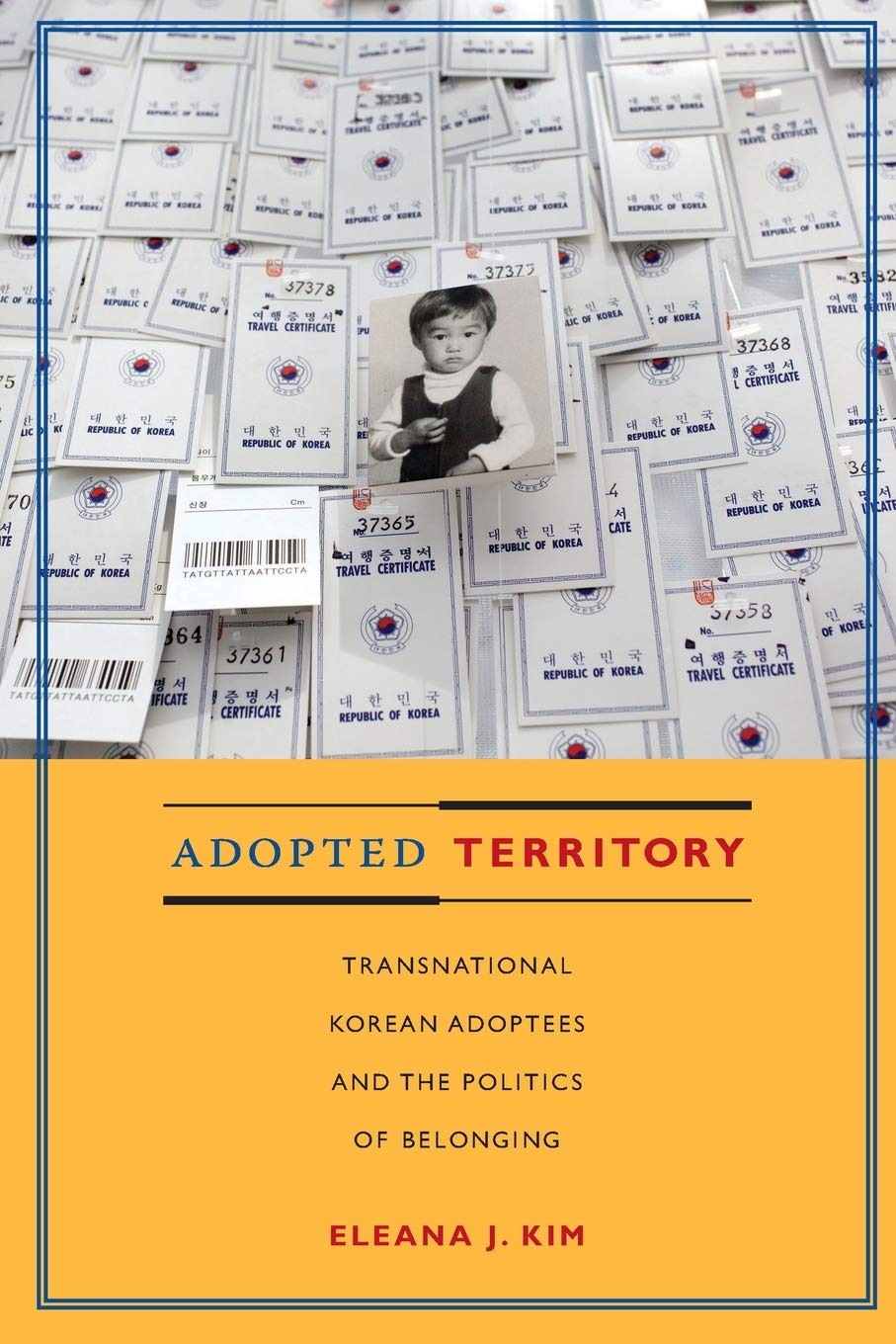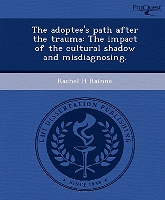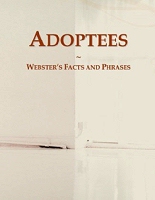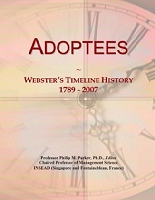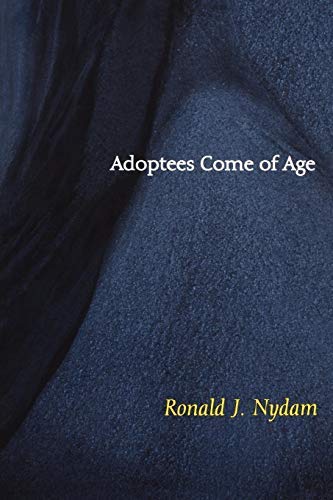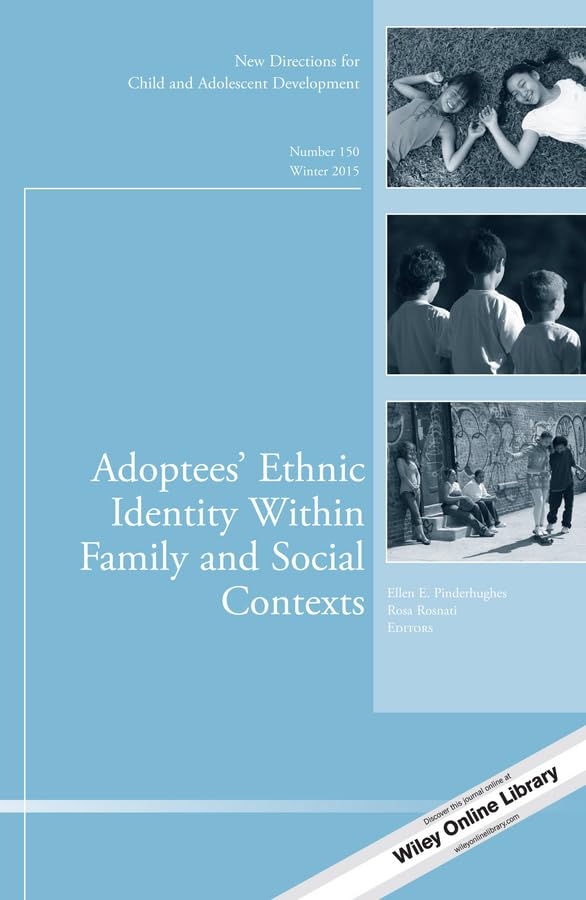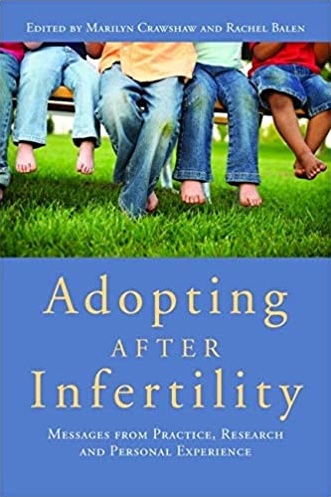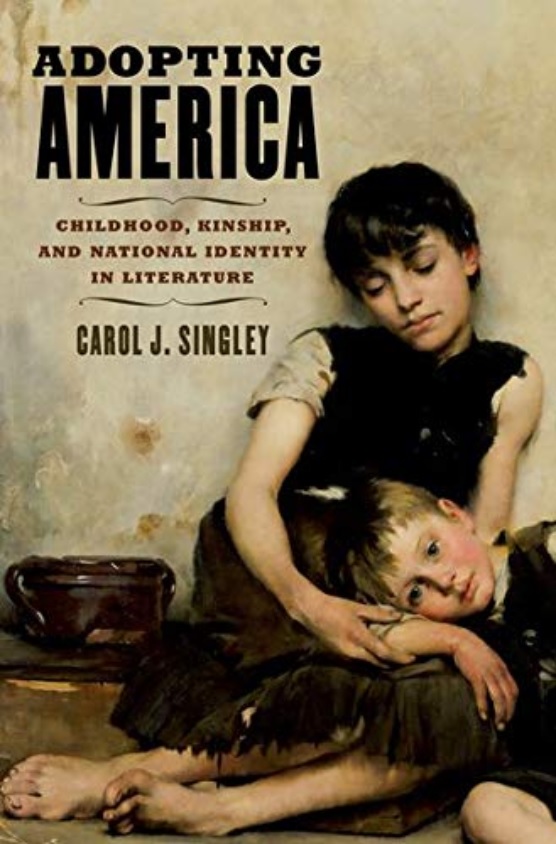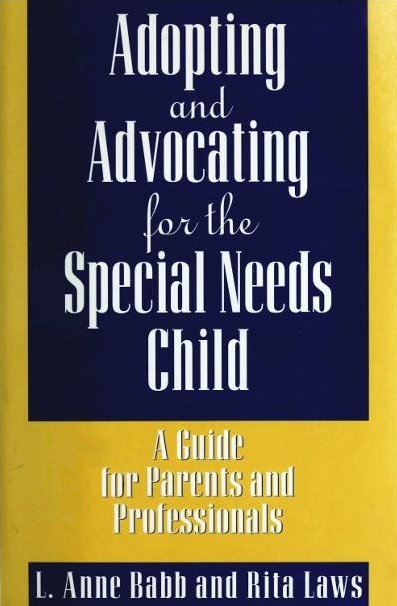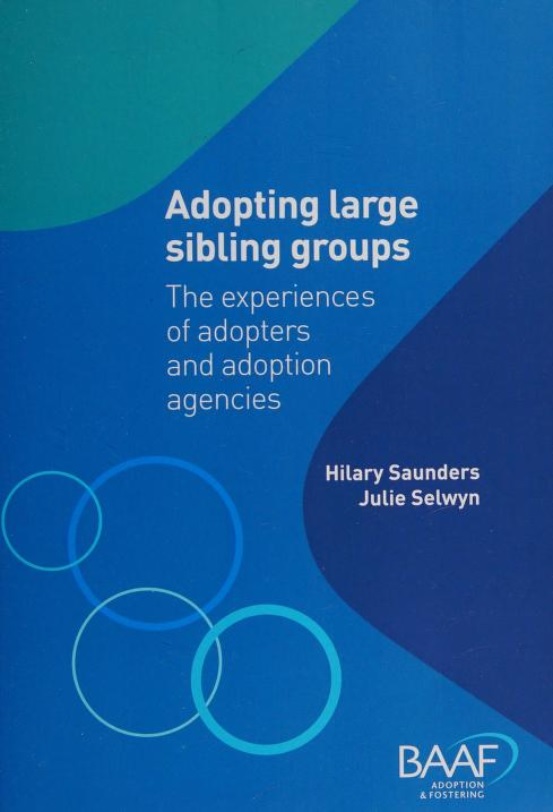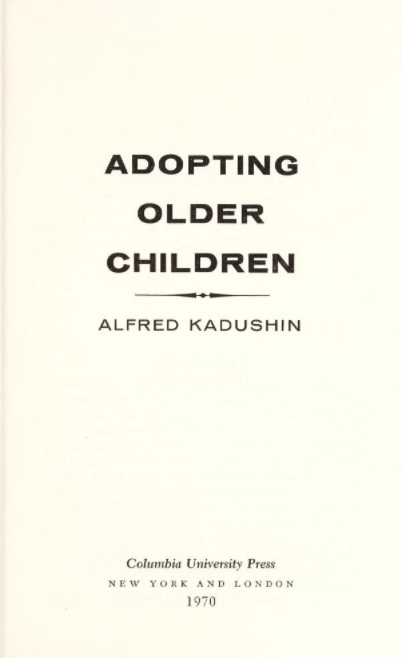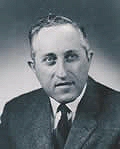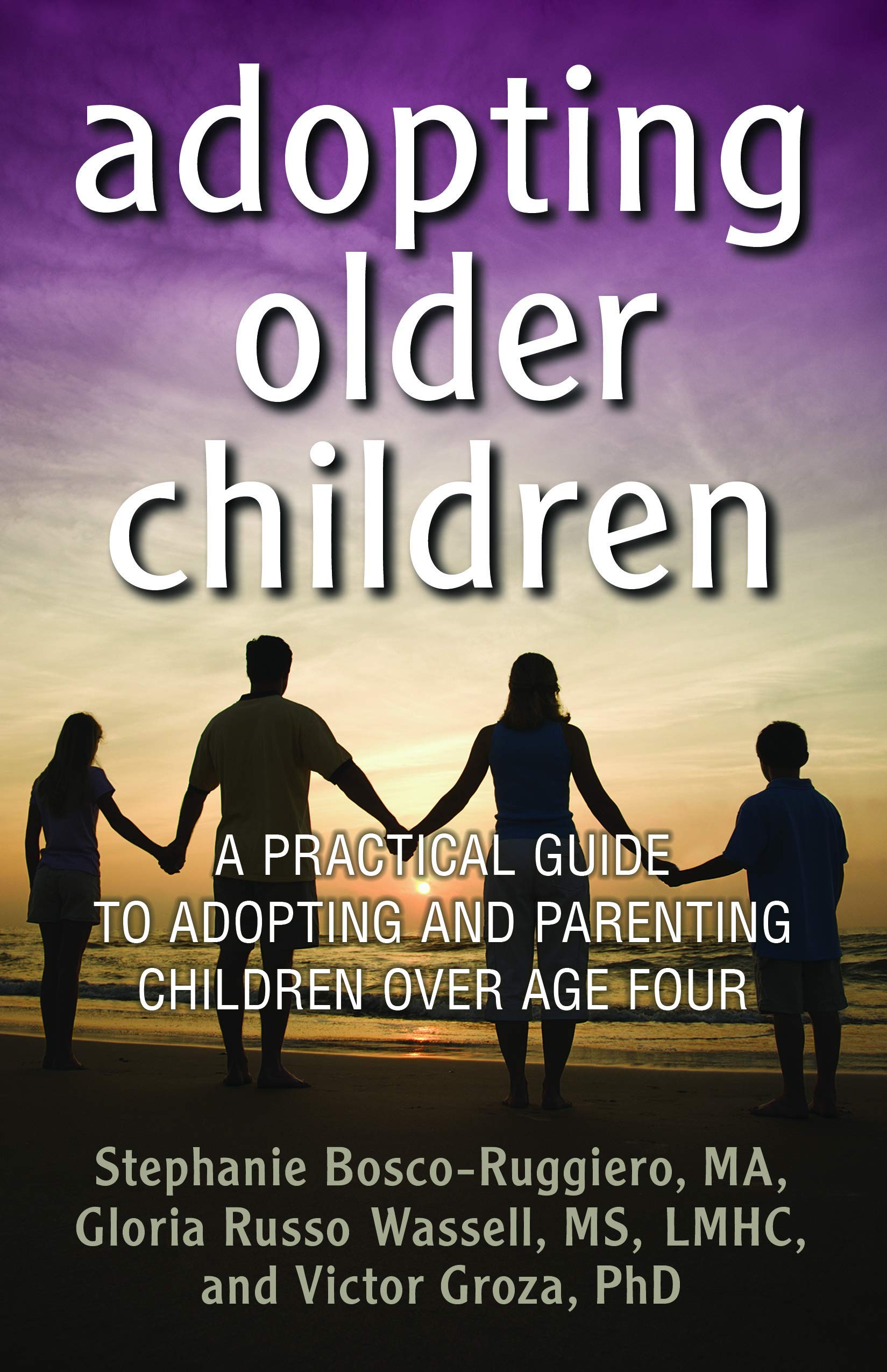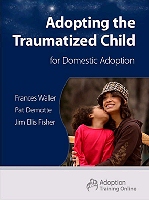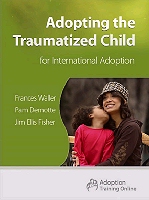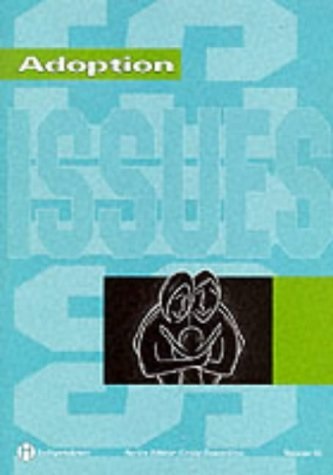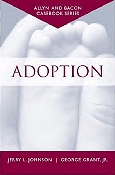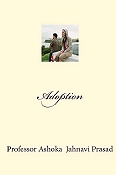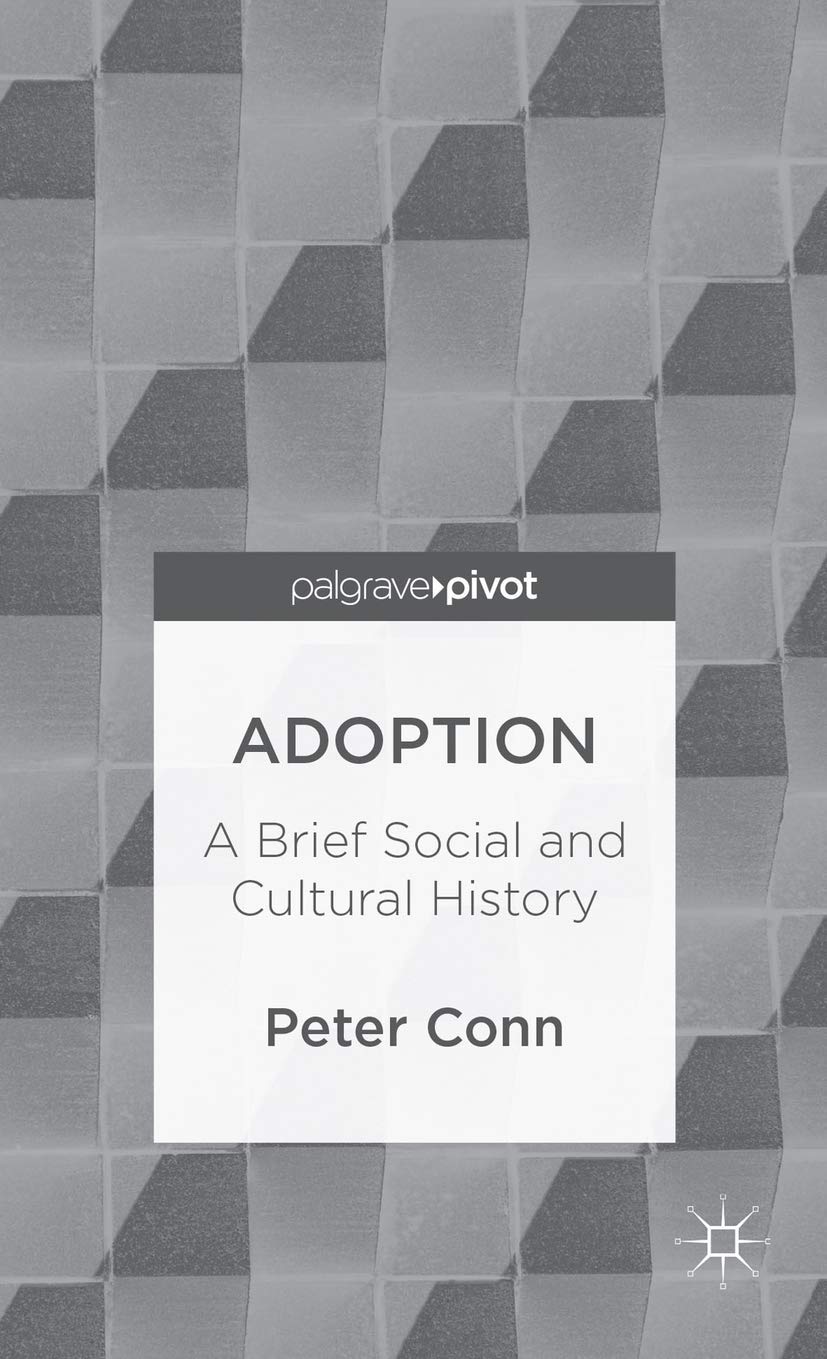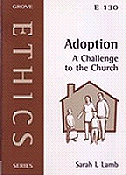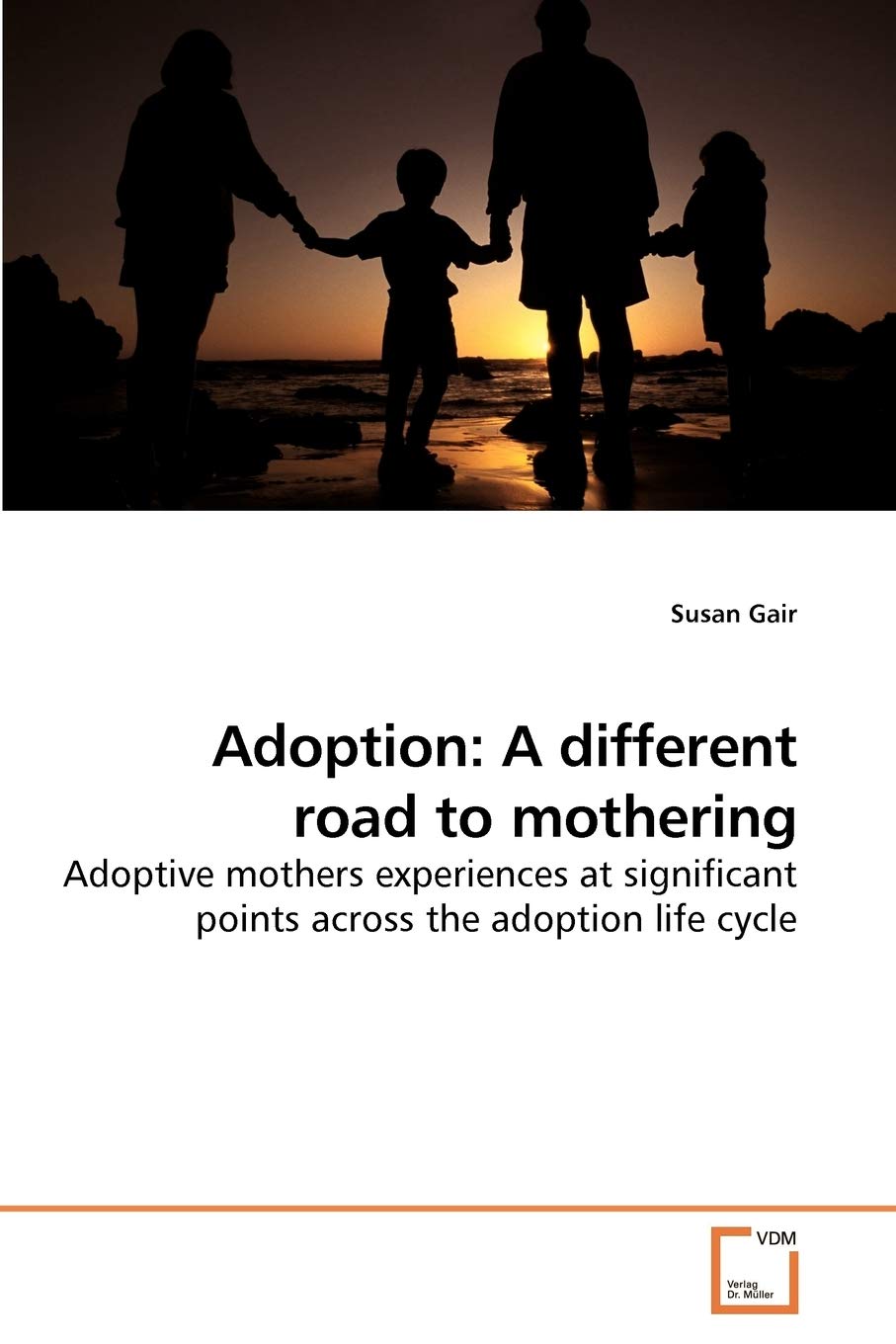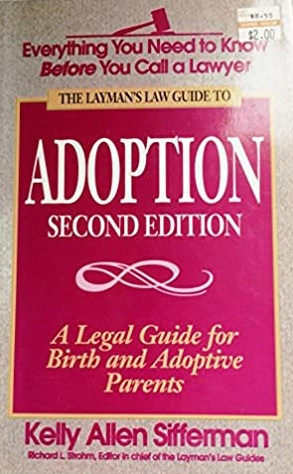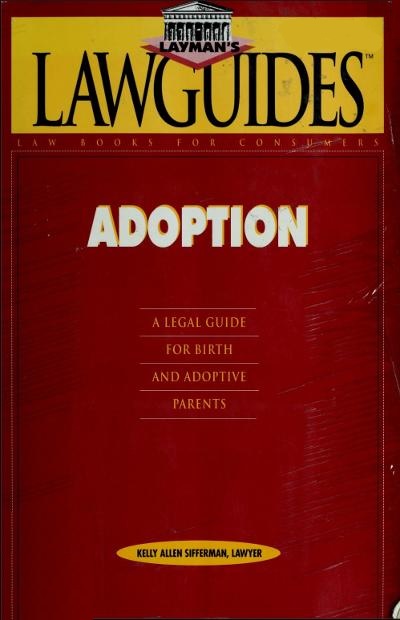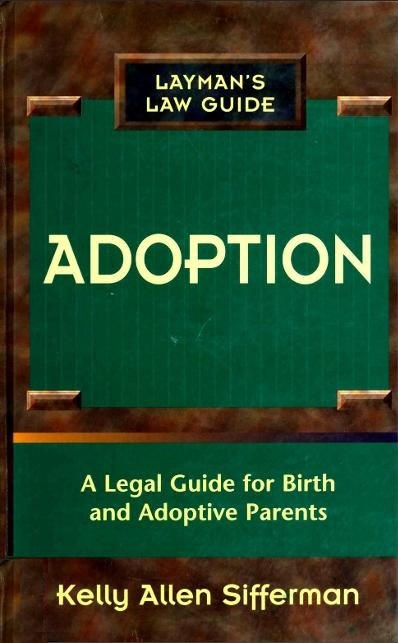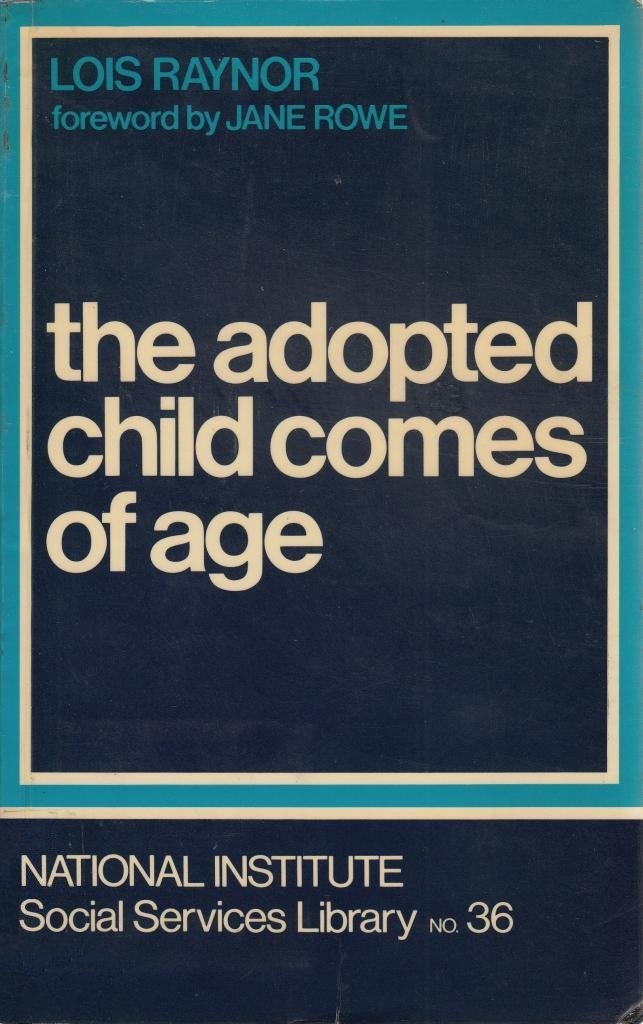 |
|
 |
The major follow-up study on which this book ts based sought to answer these questions. The research involved 160 sets of parents and over 100 of their adopted children, now young adults. This was, in fact, the largest group of adult adoptees anywhere in the world to be interviewed and studied in a systematic way. As they look back over their life together, the parents and the young people explain what adopting or being adopted was like for them.
The Adopted Child Comes of Age offers glimpses of adoptive family life over a period of more than twenty years, compares the views of the young people with those of their adopters and measures the factors which influenced the various outcomes. Particular attention is paid to the basis on which the child was originally placed, in order to shed light on the controversial subject of whether a preliminary fostering period represents a useful safeguard.
The information gathered by Lois Raynor and her colleagues provides the feedback so long sought by social work teachers and by those practising social workers who have the responsibility for making long-term plans for children and for approving foster home or adoption applications. Readers with personal experience of adoption will be interested in making their own comparisons, while prospective adopters will learn to avoid some pitfalls and to enjoy an adopted child as their own.
About the Author: Lois Raynor is an American social worker now resident in London. She brings to the study the accumulated knowledge and questions of experienced social workers on both sides of the Atlantic. in particular, she has a unique experience of child welfare and adoption agencies and is the author of The Adoption of Non-White Children and Giving Up a Baby for Adoption. Her findings will be of interest to social work professionals and to adoptive families throughout the English-speaking world.
By the Same Author: Adoption of Non-White Children: The Experience of a British Adoption Project (1970).
